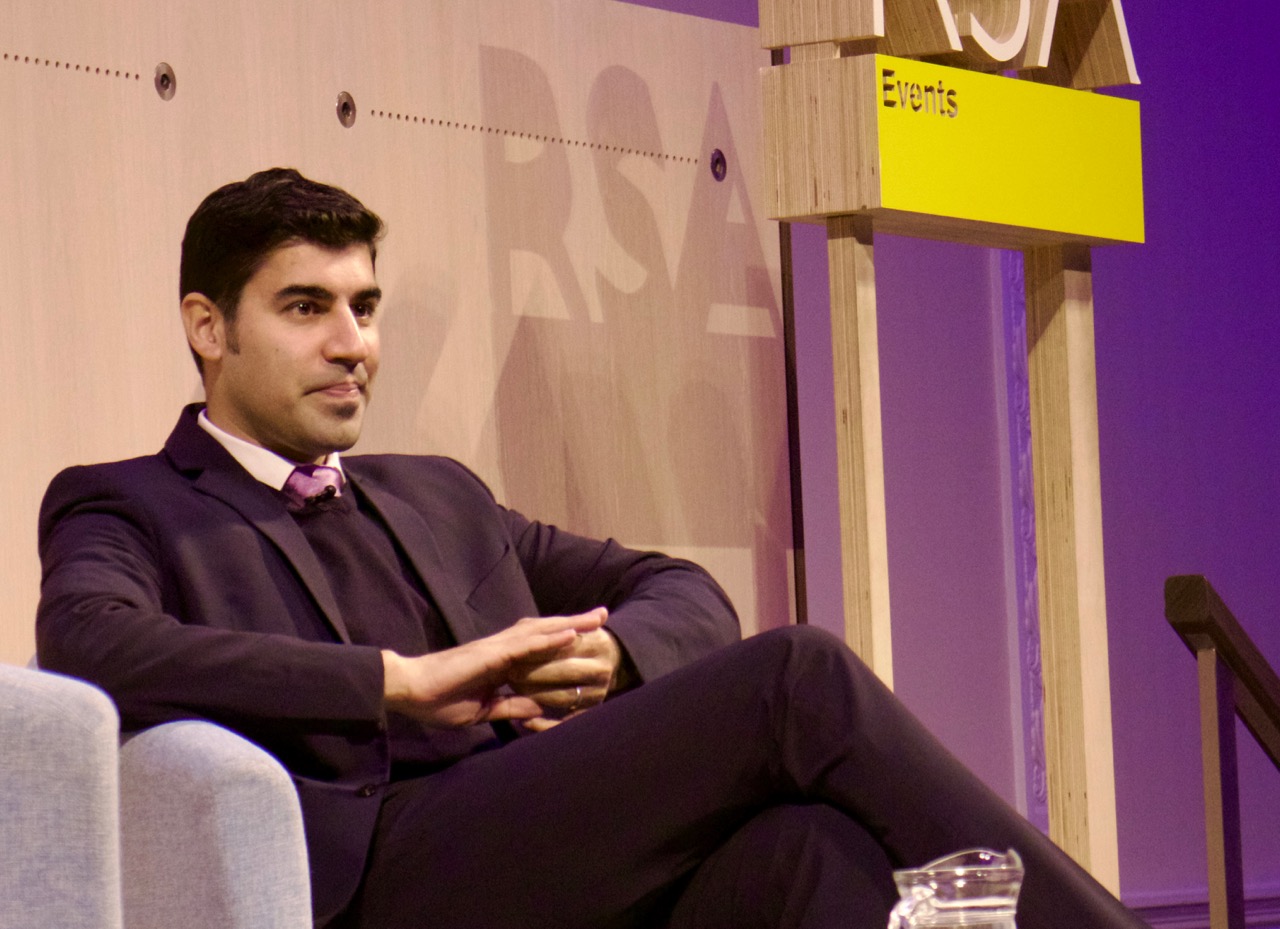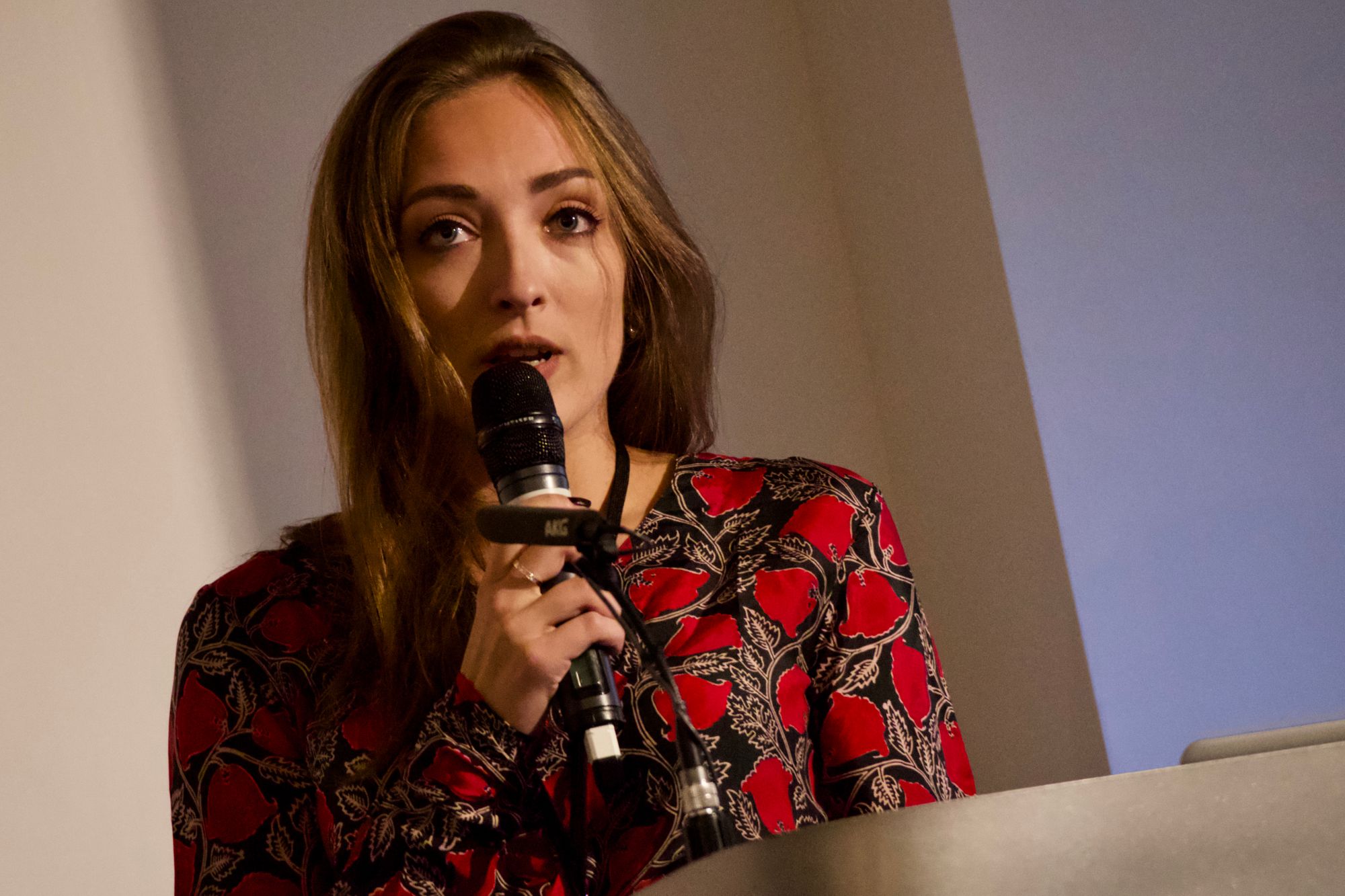
Connectivity is the world's destiny, says Parag Khanna (RSA Event)
The link between connectivity of various sorts and social change is something that’s almost bound to interest me, given that I’ve spent over a decade of my life thinking about how the internet changes the way we communicate with each other. And so I took myself off to the RSA House in London to hear Parag Kahnna speak on the idea that connectivity is destiny – our layers of connection with one another are more important to the future than traditional political boundaries. Here’s what I took away from the talk:

The trigger for Parag’s talk is – perhaps inevitably – a new book. Connectography is a “new approach to cartography” – maps as art, sure, but also mapping global connectivity.
Liveblog
Maps, the world’s oldest infographics are misleading – they are political, and depict how we divide ourselves legally, not how e connect as people. We’re familiar with maps of geography, and political maps. What we don’t have is maps of functional geography.
There are, broadly, three main categories of connectivity:
- Transport
- Energy
- Communications
In human body terms, these are equivalent to the:
- Skeleton
- Vascular system
- Nervous system
The book is, by its nature, static, so there’s an online data set you can explore. It’s a map of how we are reshaping the world.
Our ratios of infrastructure spending to military spending is growing rapidly in infrastructure’s favour – especially in Asia. The city is our most fundamental and long-standing human unit, and then connectivity is next. Our mega-inforstructures will outlive many countries, especially in Africa and the Middle East. We know how long countries last – and railroads and other forms of connectivity often outlive them.
This means we’re moving towards a supply chain world.1989 was the year the Berlin wall fell, and the World Wide Web was created. The last 25 years has seen an incredible rise in global infrastructure, creating “total globalisation”. This allows us to optimise land use, creation of goods, and so on, on a global basis. The supply chain world has been the single biggest economic driver in the developing world – but it has also led to global warming and deforestation.
One consequence us that there are more ex-pats than ever before – and some parts of the world are actively reducing border controls to encourage this movement of people. The discussion in Europe is much more towards controlling – ironically, as we probably need migrants more than ever.
'Countries that most need migrants want to shut them out' Parag Khanna #RSAconnect
— gemmajohn (@gemma_john) June 1, 2016
The great urban genetic meeting posts

Another consequence: we’re more genetically diverse than we might think.
"You're entitled to your xenophobia – but don't say that [closing borders] represents the global trend. It doesn't." #rsaconnect
— Joanna Massie (@Joannacmassie) June 1, 2016
All our great global cities are melting pots. Dubai has almost no indigenous population – around 10% are “local”. People don’t want to be in homogenous cities. And these great melting pot cities are creating new racial groups, as populations intermingle reproductively. The great cities create racial dilution.
Most of us live in cities around the coasts. We are a coastal, urban civilisation. And we are building more and more connections to each other.
Not all cities are equal in investment, though. A huge preponderance of those cities with the best investment in key forms of connectivity are in Europe. But only Switzerland and Singapore tick all the investment boxes.
'Most cities are 6 cities in 1 – medieval, industrial, financial, services, slums, megacity – trying to integrate' Parag Khanna #rsaconnect
— gemmajohn (@gemma_john) June 1, 2016
Countries are reorganising themselves around these mega-city clusters. China is a particular example of this: it’s an empire of mega-cities. The UK is trying to diversify its urban economic base – bringing Scotland’s cities and the Northern Powerhouse into economic engines that supplement London. A country that is dependent on a single city is not in a healthy state.
Europe and Asia are not different continents, whatever you were taught at school – they’re different cultural zones, but they’re one landmass. The infrastructure being built across the landmass will only strengthen the links between the two – especially with trade.
The US needs to think of itself as seven mega-regions not 50 states. You’re entitled to think that the states are an inviolate foundation of the country – but you will drag the US down as you do so.
The 50-state system is great in trying to be a president – but not if you want to function economically #rsaconnect pic.twitter.com/aAi0EIqWfL
— Joanna Massie (@Joannacmassie) June 1, 2016
How do our second tier cities fight the inevitability of London?

You need population growth in the other geographies. A cluster needs 3 to 7m people to have a large enough share of the services GDP to be self-sustaining. Then it has a gravity of its own. Without that, the disincentives for staying are too strong, and people will migrate to London. There needs to be one thriving industry – or one single successful university – in that cities you want to have an impact. There needs to be a business plan – that sounds crude, but that’s what cities need. There are cities that aren’t on the map, but have come into being none-the-less. Countries are trying to create economic urban entities as part of this connected economy.
No one country or urban entity can survive on its own. They need trade to survive. The smaller you are, the more you need this connectivity. So, what’s Britain’s strategy for robust connectivity if you have Brexit? There’s going to be friction where there’s now flow with your major trading partners. Sure, you could negotiate on you own – but with far less leverage than you have as part of Europe. Generally speaking, more connectivity is better then less connectivity.
Should you choose #Brexit I will not be able to help you rebuild the connective networks the UK’s so wisely built – @ParagKhanna #RSAconnect
— Nico Macdonald (@Nico_Macdonald) June 1, 2016
Beyond Borders
Borders are a useful tool for regulating flow and friction – and balancing them. China has its own calibration of flow and friction – as you can see with its attitude to the internet. No country wants to completely open its borders to, say, a flood of goods from Asia that will destroy its own native industries. Generally, though, countries are more cautious then they should be. Openness brings in the technology and the capital you need for development.
We’re concentrating ourselves at urban, costal, tropical areas – at a time when world temperatures are rising. We’re setting ourselves up for a major disaster. Many of our major food producers would be destroyed – and Canada and Russia would rise as the food producers. And they’re heavily depopulated. Almost no-one lives where the food will grow. This has all sorts of – seismic – implication.
.@Paragkhanna: "Networks are far better at solutions than institutions are" #RSAconnect
— Joanna Massie (@Joannacmassie) June 1, 2016
The Video
## Buy the bookAmazon:Connectography: Mapping the Global Network Revolution
Sign up for e-mail updates
Join the newsletter to receive the latest posts in your inbox.











